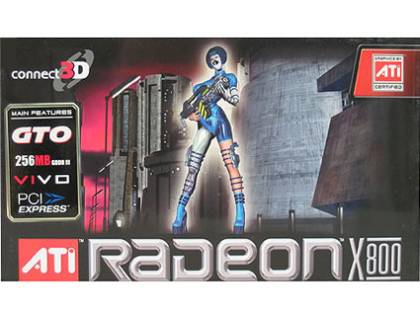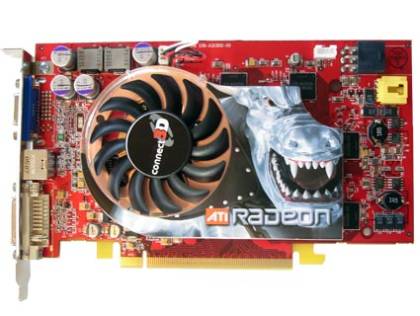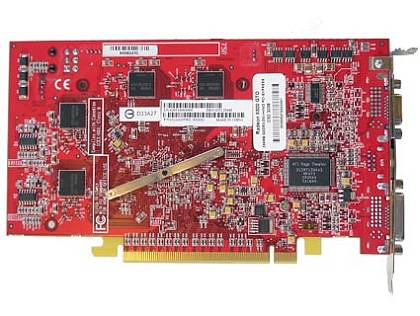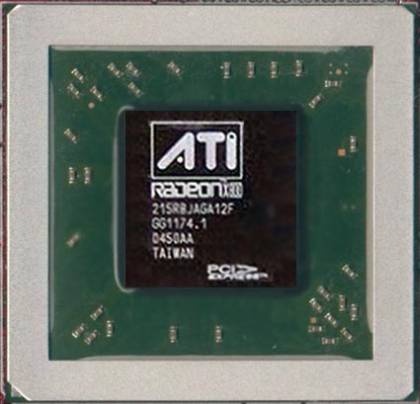Don't Throw Out Your ATI Radeon X800 Yet
Connect 3D Radeon X800 GTO
The Connect 3D Radeon X800 GTO is equipped with 256 MB of GDDR3 frame buffer memory operating on a 256-bit bus like the PowerColor card, but that is where the similarities end. It also has six vertex shader units but instead of eight pixel shaders, the GTO model has an additional four pixel pipelines. Since these cards have 12 pipelines instead of eight, they can accomplish the same amount of workload at a slower clock frequency. The core is set to 400 MHz and the memory has a frequency of 490 MHz (980 MHz DDR). With our test sample, the core looks to be a R423 model, which has 16 pixel pipes and six vertex shaders, and is used for the Radeon X800 XT. The R423 is the PCIe cousin to the R420 AGP graphics processor.
This core consumes more power than that of the R480, which explains why the Connect 3D Radeon X800 GTO needs an additional 6-pin power cable. The memory on the Connect 3D Radeon X800 GTO differs from that of the PowerColor in that the GTO uses different GDDR3 modules from Samsung.
The PowerColor Radeon X800 GT has modules rated for 1.6 ns or a maximum frequency of 600 MHz and 1,200 Mb/s per pin. The modules on the Connect 3D card are rated for 2 ns or 500 MHz and 1,000 Mb/s per pin. This means that the 490 MHz factory-set clock speed is close to the maximum level. When we go to overclocking later on, don't be surprised if there isn't much room to bump up those frequencies.
The cooler is a combination of a solid block of aluminum and copper fins. It is attached to the card using two screws to attach a compression plate on the bottom side of card to the cooler on the top, while four more are placed at the four corners to make sure pressure is applied to the memory modules on the top of the card as well. Interestingly, there isn't a cooling solution such as a one piece cooling plate for the memory modules on the reverse side of the card.
The X800 GTO runs the 16 pipe R423.
Get Tom's Hardware's best news and in-depth reviews, straight to your inbox.



